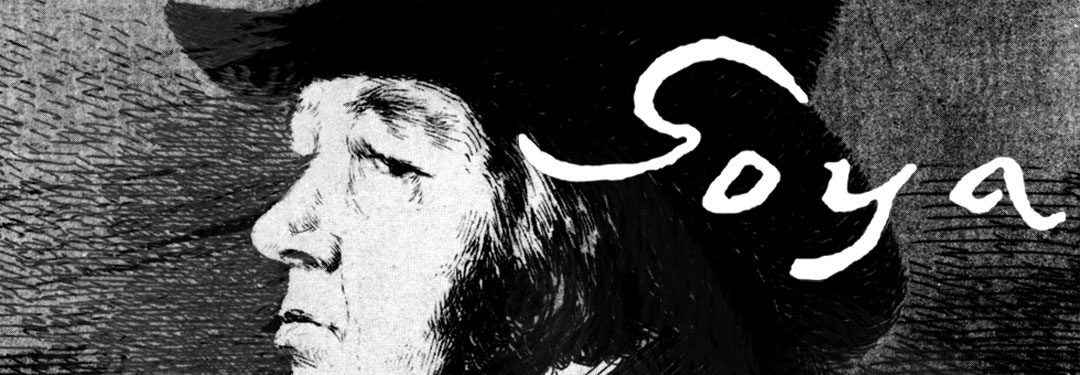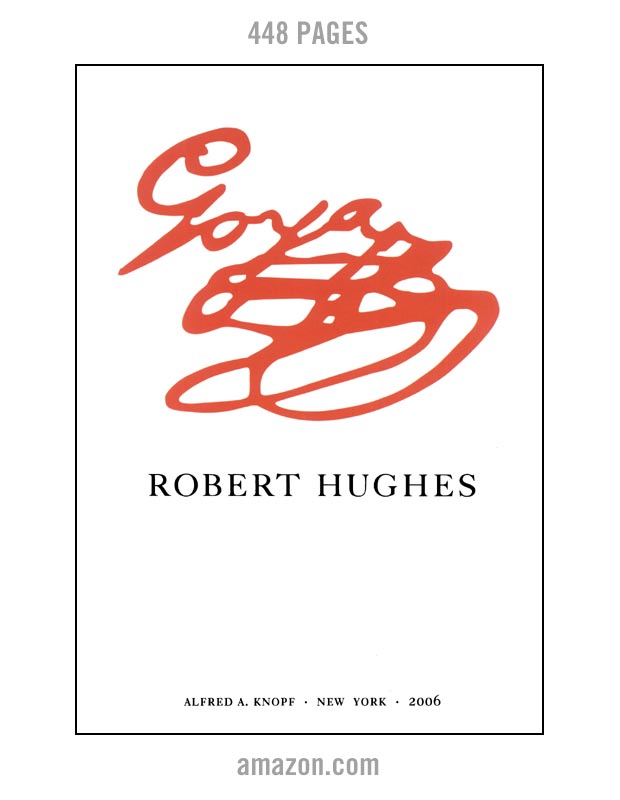The Black Paintings authorship controversy
Regarding The Secret of the Black Paintings by Arthur Lubow, New York Times Magazine, 2003.
The entire article at the NY Times is here.
"Everyone agrees that what we see today is at best a crude facsimile of what Goya painted."
Writer Arthur Lubow examines the claims made by art history specialist Juan José Junquera on the authenticity of the Goya Black Paintings. In particular Lubow presents the logic of Junquera's conclusions that the Black Paintings are not by Goya based on a set of premises from research in a number of areas, for example word philology in the Brugada inventory of Goya artworks from the 1820s, and on early descriptions of Goya's country home usually called La Quinta de Goya.
If not Goya, then who painted them? Assigning authorship falls then to Goya's son Javier, and in this Junquera is echoing Goya expert Juliet Wilson-Bareau who has also questioned whether Goya painted Majas on a Balcony, The Colossus and The Milkmaid of Bordeaux.
On the other hand, as noted in Lubow's article, Wilson-Bareau emphasizes that Javier only "might" have painted the Black Paintings. As the article later examines the matter of Javier's ability to paint (there are no known signed works by him in existence) it becomes increasingly apparent that the question circles around to where it started, which is if Goya didn't create these works, who could have? (The piece also goes into the background story of how Javier's son Mariano - - Goya's grandson - - could have been passing off the paintings not as Javier's but as Goya's simply in order to drive the price up. This doesn't settle attribution but it does provide a scenario to assign motivations, something which modern experts can obviously only guess at, at best, and also obviously, this is provided only to support their argument. Assigning motivation in this way doesn't even rise to the level of hearsay.)
This NY Times article includes a defence for the traditional authorship of the Black Paintings being given to Goya by professor emeritus at the University of London Nigel Glendinning. Glendinning pulls apart Junquera's evidence with a counter argument that utilizes a different viewpoint of one of the sticking points (whether la Quinta had a second floor) and then flatly asserts that the philological claim about the Brugada inventory (that certain words used in the document were not used in Spain until decades later) is less than convincing. This ends up underlining something apparent to us as we read through the article: this controversy is derived from clashing opinions, not by the spotty historical evidence, as what there is of it clearly says Goya painted the images.
The article is a fascinating history of the question marks that have hovered over the Black Paintings, and a look at the war of words that goes into art history when authorship is attacked.
Goya's the "Black Paintings"
La Quinta de Goya – Goya's home in Spain and location where he made the Black Paintings
Writings about the Black Paintings
De Salas on the Black Paintings
AMAZON
Goya The Terrible Sublime - Graphic Novel - (Spanish Edition) - Amazon
"From this headlong seizure of life we should not expect a calm and refined art, nor a reflective one. Yet Goya was more than a Nietzschean egoist riding roughshod over the world to assert his supermanhood. He was receptive to all shades of feeling, and it was his extreme sensitivity as well as his muscular temerity that actuated his assaults on the outrageous society of Spain." From Thomas Craven's essay on Goya from MEN OF ART (1931).
"...Loneliness has its limits, for Goya was not a prophet but a painter. If he had not been a painter his attitude to life would have found expression only in preaching or suicide." From Andre Malroux's essay in SATURN: AN ESSAY ON GOYA (1957).
"Goya is always a great artist, often a frightening one...light and shade play upon atrocious horrors." From Charles Baudelaire's essay on Goya from CURIOSITES ESTRANGERS (1842).
"[An] extraordinary mingling of hatred and compassion, despair and sardonic humour, realism and fantasy." From the foreword by Aldous Huxley to THE COMPLETE ETCHINGS OF GOYA (1962).
"His analysis in paint, chalk and ink of mass disaster and human frailty pointed to someone obsessed with the chaos of existence..." From the book on Goya by Sarah Symmons (1998).
"I cannot forgive you for admiring Goya...I find nothing in the least pleasing about his paintings or his etchings..." From a letter to (spanish) Duchess Colonna from the French writer Prosper Merimee (1869).
GOYA : Los Caprichos - Dover Edition - Amazon




